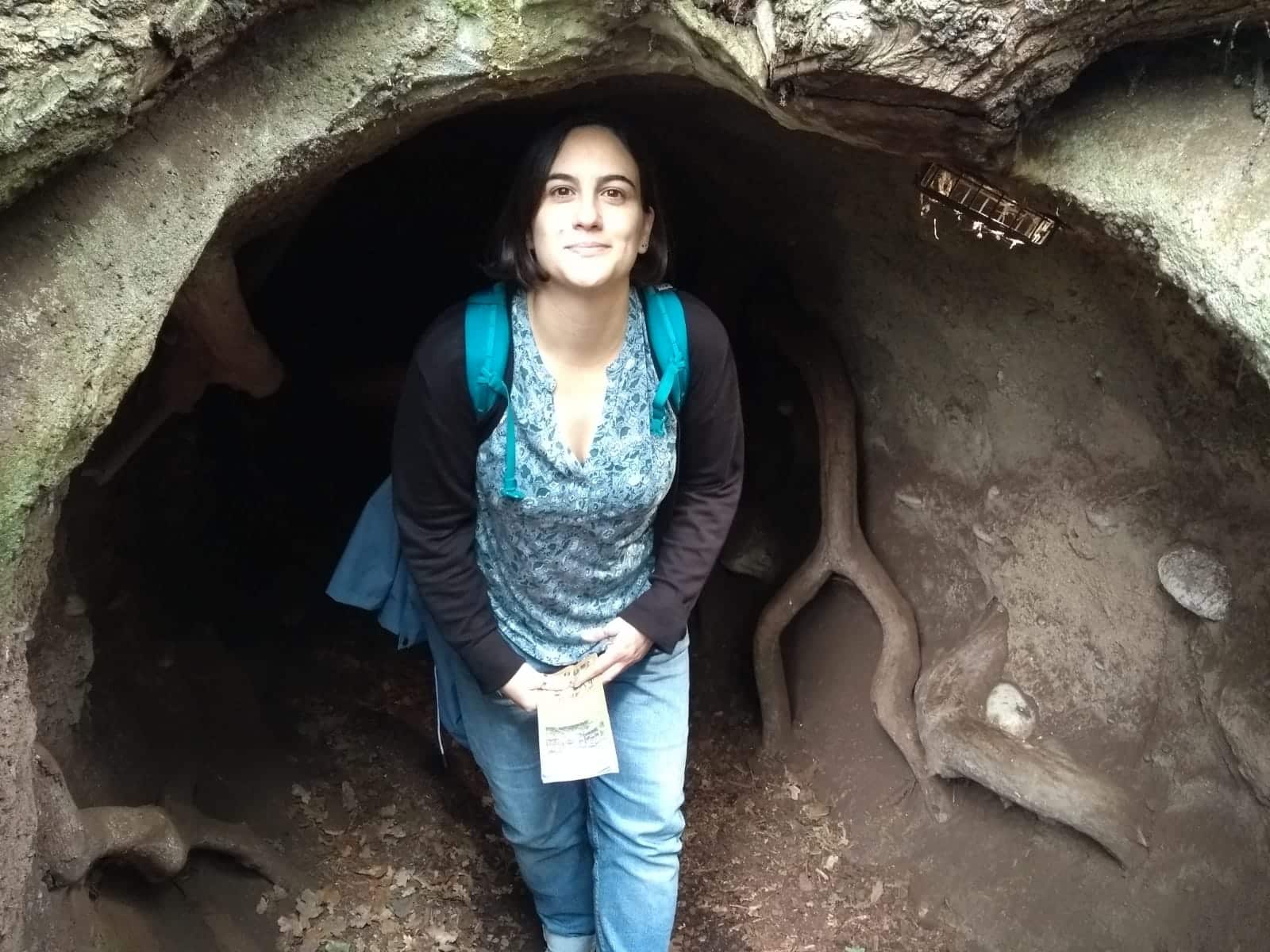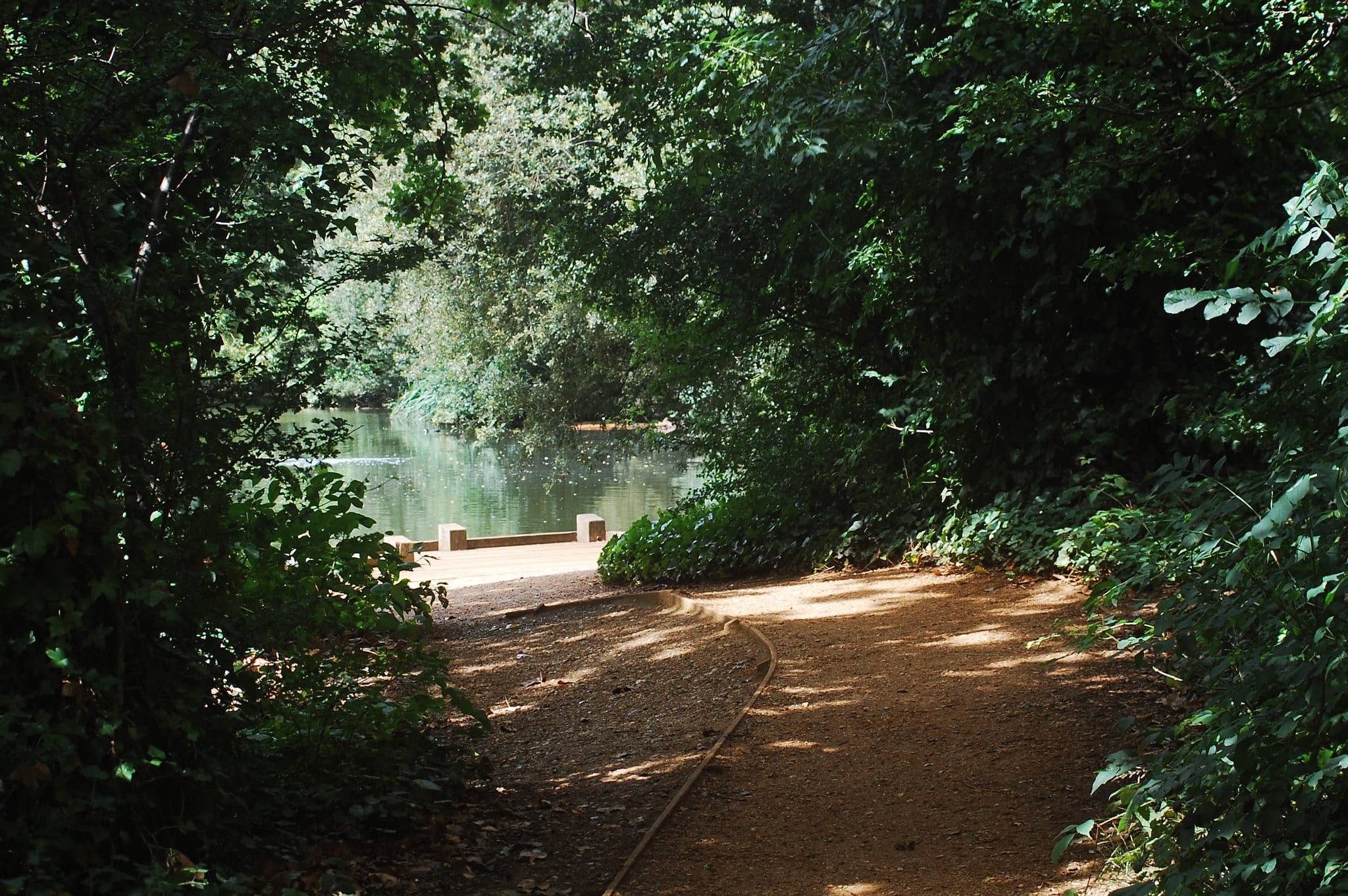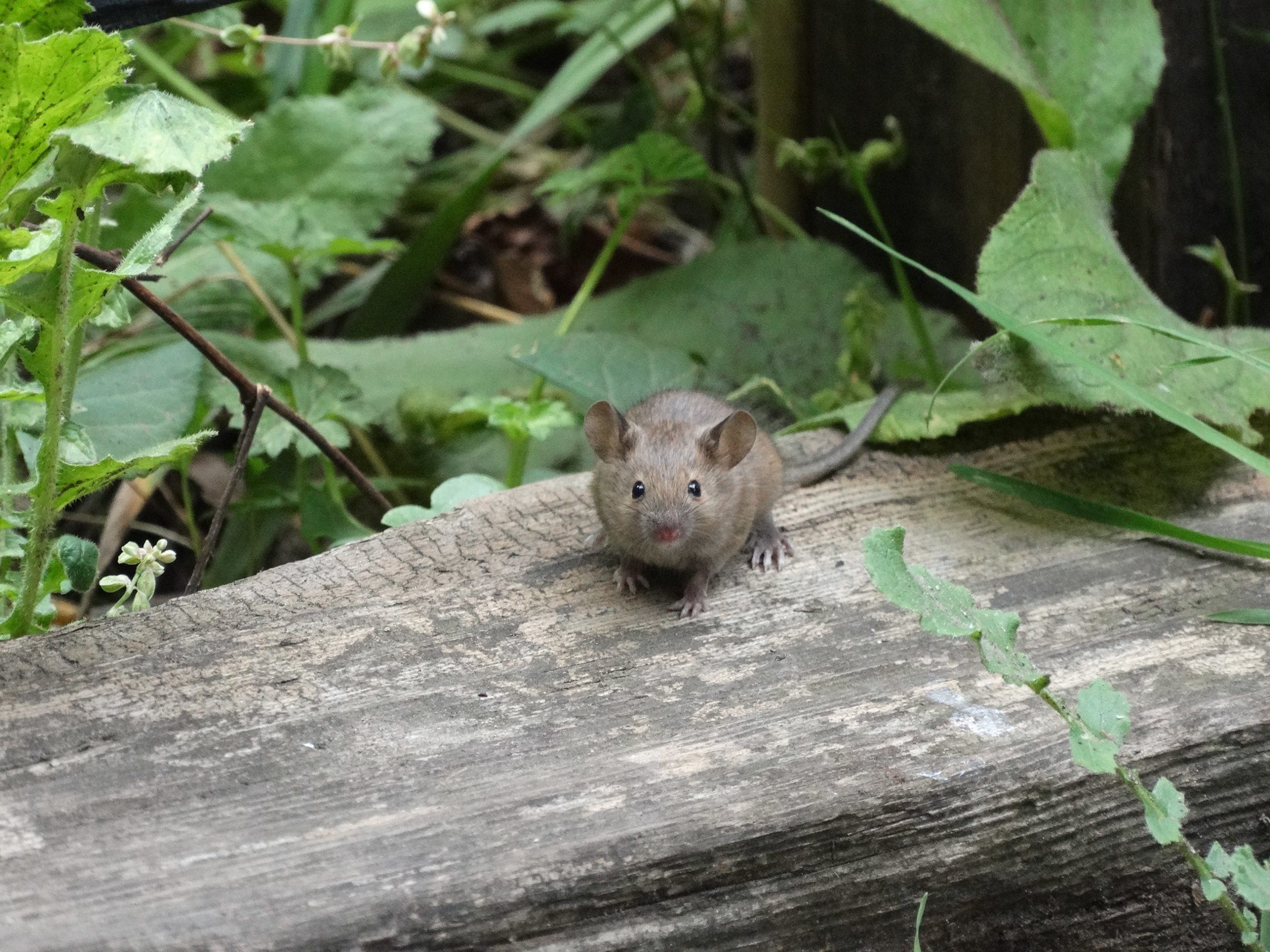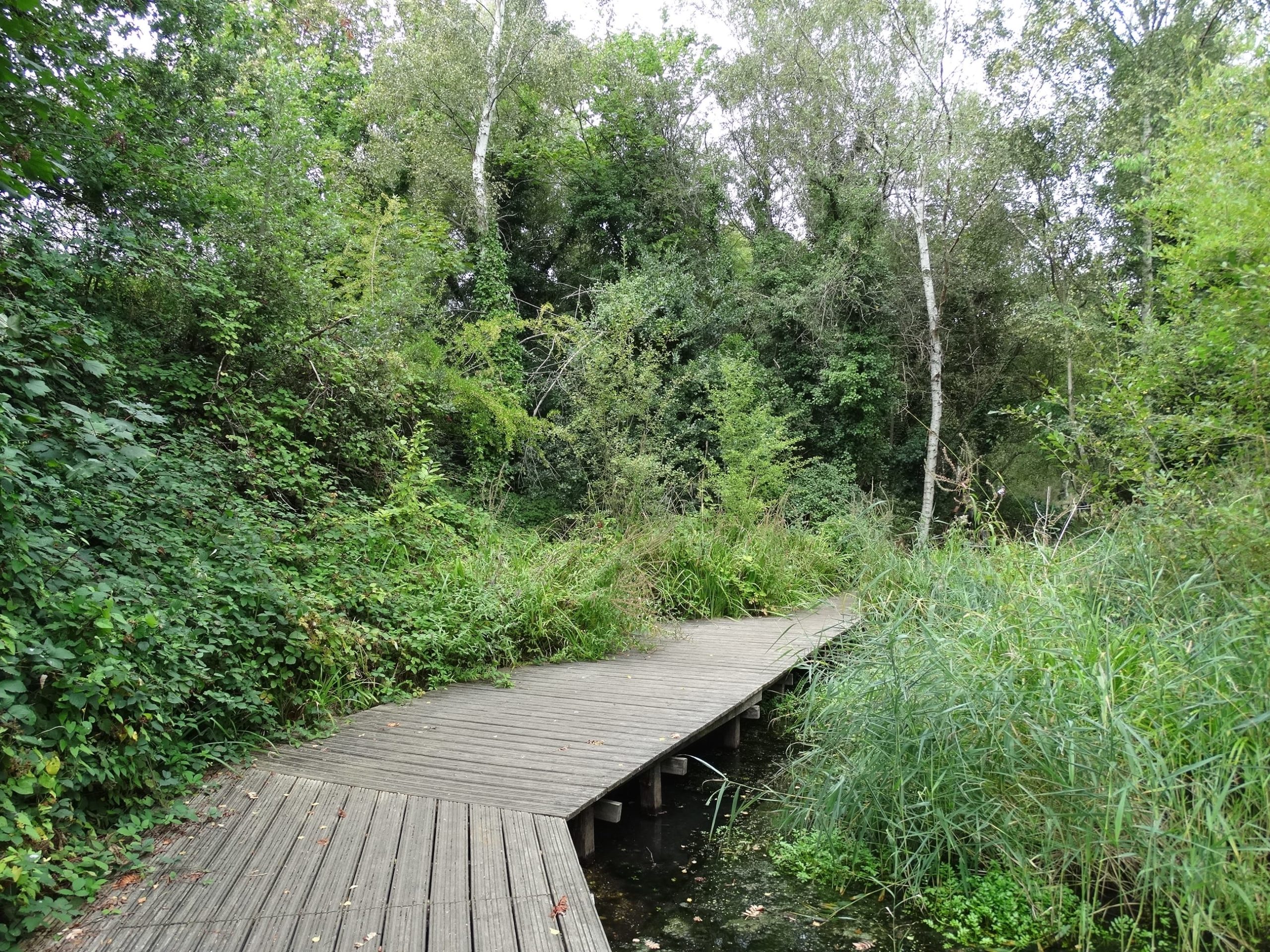Eleni Foui, GiGL Planning Research Officer
Eleni is GiGL’s Planning Research Officer. She leads on a project designed to understand and support the planning process regarding the use of biodiversity data in Greater London. Eleni will be spending the next 12 months identifying current practices across the capital, defining best practice and developing new resources for Local Planning Authorities. The project is supported by the GLA and hosted by GiGL.

Town or countryside?
Countryside, though I’ve mostly lived in cities and I love London. So, I guess both?
Summer or winter?
Definitely summer!
Early bird or night owl?
Night owl!
Outdoor or indoors?
Outdoors, though I spend an awful lot of time indoors lately.
Plants or animals?
Animals.
What species is closest to your heart and why?
I guess it has to be bats (not a particular species but the whole group). I was always fond of the “non-charismatic” animals; the animals that the majority of people don’t consider cute and cuddly. Well, bats are very misunderstood creatures. With more than 1300 species around the world they come in many forms, sizes and colours (and well even levels of cuteness some might say, though I do consider all of them quite charming). They are remarkable in their adaptations to their environment and from an anthropocentric point of view they provide valuable ecosystem services. It is definitely a group worth knowing more about.
What is your favourite Greater London open space and why?
My favourite green space in London is Gunnersbury Triangle Local Nature Reserve where I volunteered for some time. It’s a small reserve (3 hectares) tucked away between railway lines and big buildings. Walking past it you would never guess that a small wild haven is right there. There are a few different habitats present in this small Local Nature Reserve (LNR) such as grassland, woodland, a pond and wet woodland. It supports numerous species including common toad, smooth newt, common frog and many different butterflies, dragonflies and damselflies. The Conservation Officer in charge of managing the Triangle, Netty Ribeaux, is lovely and so are all the committed Triangle volunteers.
What has been your most formative experience working with the natural environment? And what did you learn then that you keep with you today?
I can’t think of one specific experience. I think it was many instances, especially while doing field work, which collectively taught me the importance of adaptability. Things change or don’t go as planned but if you are adaptable then you can adjust, do the best you can and have the best possible outcome given the circumstances.
What is your role within GiGL and what does it entail?
I am GiGL’s new Planning Research Officer. I will be looking into how Local Authorities in London take into account biodiversity data in their planning process and what best practices are out there. The aim is to improve the way planning officers consider biodiversity in their decision-making process and help achieve the best outcomes for biodiversity.
What are you looking forward to most working on the project?
Getting to know London. As part of the project I will be visiting and collaborating with London’s Local Authorities and I am looking forward to getting to know London better this way. My personal goal is to visit as many different parks and green spaces as I can in the coming year! I recently moved to Wandsworth, so first on the list is Tooting Common.

Tooting Common duck pond (c) Stephanie Chapman
What do you think are the biggest challenges and opportunities for biodiversity with regards to planning in Greater London?
Many people would think that London, as a big metropolitan city, has no remarkable biodiversity to consider during development projects. But there are protected species, protected habitats and designated areas in Greater London which constitute material considerations in the planning process. On the other hand, London’s growing population requires more homes, schools, hospitals, etc. These needs are often in conflict with the protection of biodiversity, but they don’t necessarily have to be. In terms of opportunities, I believe if a straightforward process to take biodiversity into account from the start can be introduced or optimised, it will provide greater opportunity to conserve the existing biodiversity and even create new networks by providing net gains for biodiversity through the development process.
What future role do you see for GiGL with regards to biodiversity and planning?
GiGL holds comprehensive data on London’s SINCs, habitats and species. This baseline information is essential when considering whether a planning application could have an adverse impact on protected species, habitats and protected areas. Therefore, GiGL will play a pivotal role in the planning process when Local Authorities need to examine whether a development complies with the relevant policies (e.g. National Planning Policy Framework, London Plan, London Environment Strategy) and legislation (e.g. Wildlife and Countryside Act 1981, Natural Environment and Rural Communities Act 2006, Conservation of Habitats and Species Regulations 2017), and secures net gains for biodiversity.


